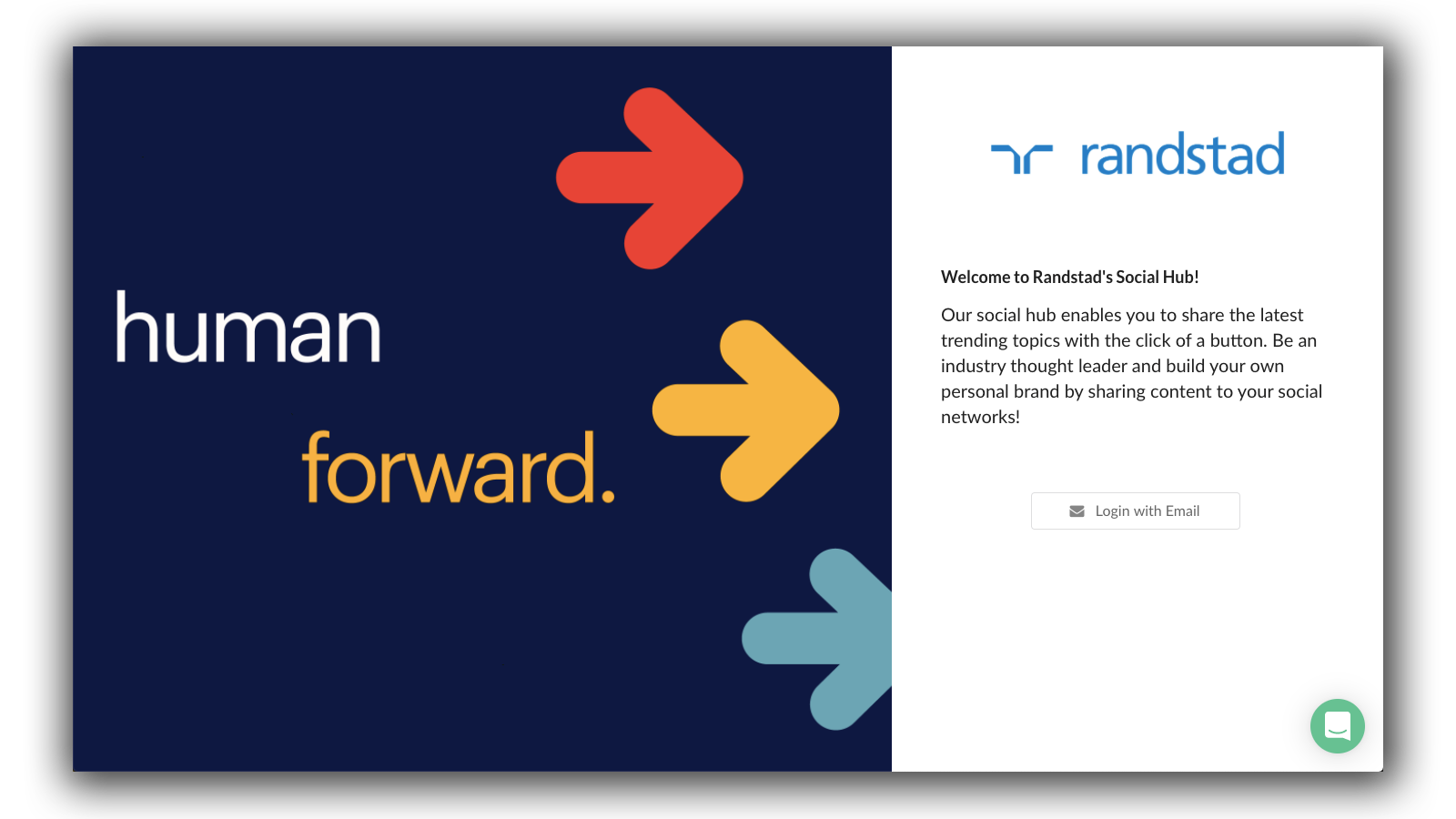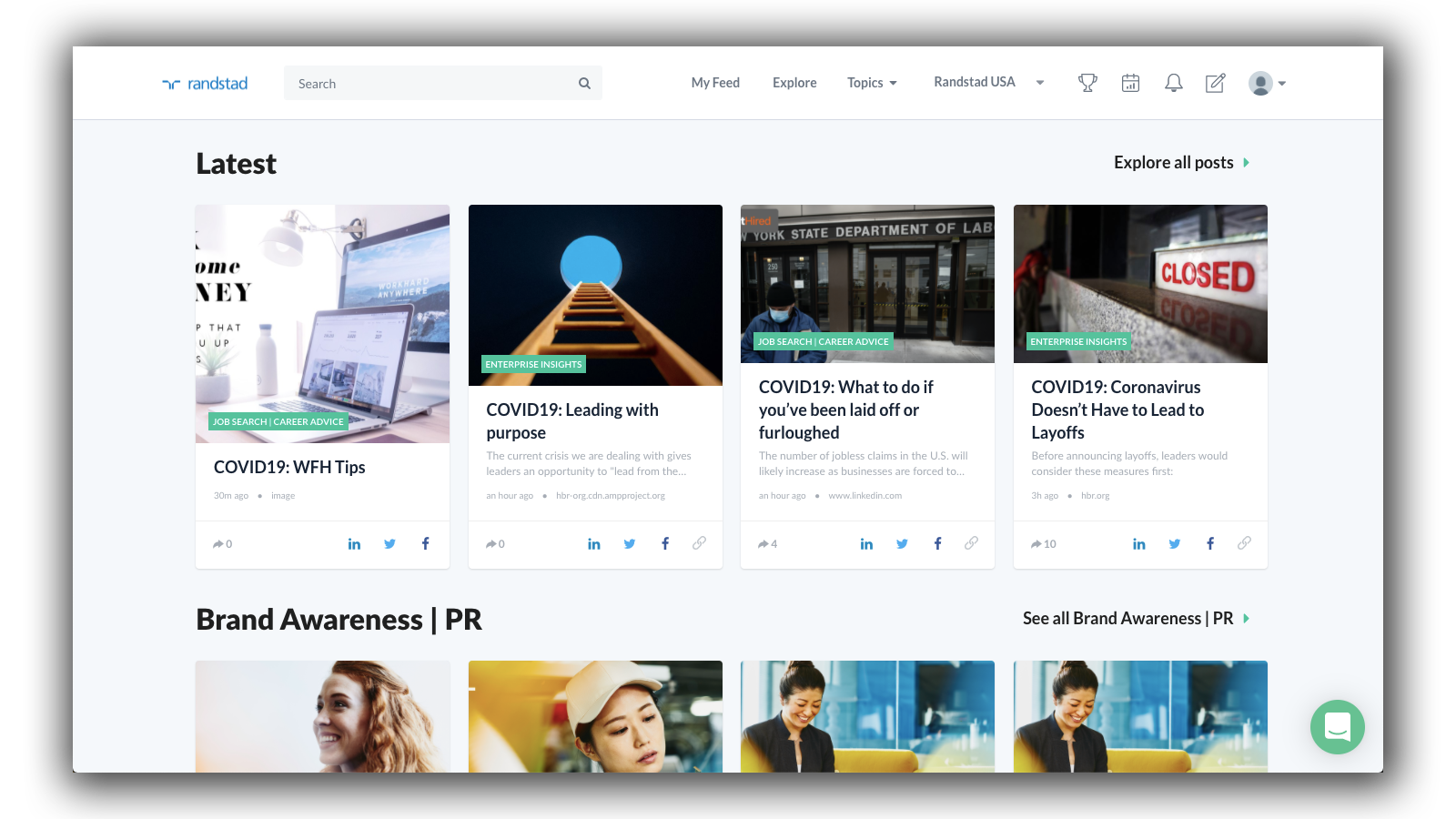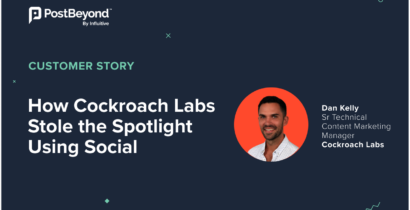Randstad is the global leader in the human resource services industry. The company has over 5,700 employees in North America, managing a workforce of over 94,000 each week in the U.S. and Canada and has a global presence in 38 countries. Randstad’s mission is to support people and organizations in realizing their true potential by combining the power of today’s technology with their passion for people.
The Backstory
Karen Pace, Director, Social and Content Marketing, leads Randstad USA’s social strategy team. They are responsible for the company’s social media accounts, social content, and reputation management. Also, they lead the employee advocacy program, which includes training, content curation, and supporting different lines of business.
In 2016, Karen stepped into her role to build Randstad USA’s social media strategy. She mentioned there was “no structure, no foundation, no strategy, and no reporting.” Randstad USA’s social media presence was ready to be transformed.
Accompanying the lack of social strategy was Randstad USA’s complexity. The company spans across ten different lines of business and targets more than three different audiences. One key component of implementing this strategy: managing an employee advocacy program for a complex organization.
Challenges: Overcoming Complexity And The Decline in Organic Reach
Consequently, it was back to the drawing board for Karen. She recognized Randstad USA needed an easier way to manage and scale their enterprise employee advocacy program.
1. Stay ahead of changing social network algorithms
Social network algorithms are continually changing. The algorithm changes affected Randstad USA’s presence. “Social media is the only media where the media you’re using to get your message out is also your greatest competition,” said Karen.
“Facebook Zero” happened on January 11th, 2018. That day was when organic reach for branded content started to decline on Facebook. Twitter’s algorithm changes followed, and right after was LinkedIn’s algorithm shift to prioritize the post popularity. Due to these changes, it was increasingly difficult for the brand to be seen on social media.
2. Distribute content through employees
Randstad USA created a lot of high-quality B2B and B2C content for their different audiences. They needed a better way to distribute all of their content. Organic social media and paid media were already active at the time, but Karen knew they couldn’t solely rely on those channels. For that reason, they needed to leverage their employees as a third way to distribute content.
3. Simplify an enterprise employee advocacy program
The social team needed an easier way to distribute content to her employees. At the time, the employee advocacy program spanned across 50 different employee groups with 40 total content topics. Program admins, content creators and users all felt that the experience was too complicated.
To improve their social media and employee advocacy strategy, Randstad USA turned to PostBeyond’s employee advocacy solution.
Transformation: From Complex to a Simplified Enterprise Employee Advocacy Program
The Randstad Social Hub program established two goals:
- Expand the social reach of their content and drive visitors back to their website.
- Enable recruiters to adopt social selling as an approach to find potential talent.
With PostBeyond, they could turn engagement on social media into sales opportunities.







